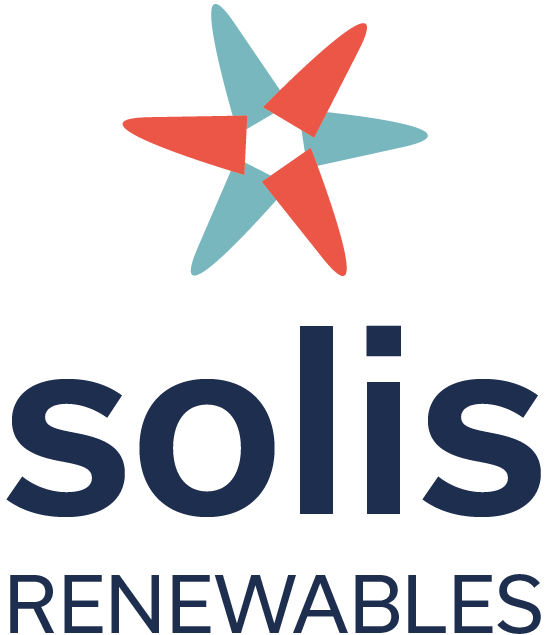How Does the US Power Grid Work? The Complex Electrical Grid and Its Future
Introduction
The electricity grid, also known as the power grid, is an intricate and vast system that plays an essential role in delivering electricity from power plants to our homes, businesses, and critical facilities. It enables us to enjoy the convenience of modern life, powering everything from our lights and appliances to our devices and industries.
In this blog post, we will explore how the US power grid works, how electricity is delivered, and the advancements in the electrical grid system, including its reliability, security, and the exciting future of renewable energy and smart grid technologies.
Understanding the US Power Grid
The US power grid is an extensive network comprising three main components: electricity generation, transmission, and distribution. This network connects power plants, transmission lines, distribution lines, and ultimately, the end users.
1. Electricity Generation
Electricity generation is the starting point of the power grid. Power plants, whether centralized or decentralized, are responsible for converting various energy sources into electrical energy. Fossil resources like coal, natural gas, and petroleum, and non-fossil resources like geothermal, biomass, nuclear, hydro, utility-scale solar, and wind contribute to centralized generation, often located far from consumption centers. On the other hand, decentralized generation occurs closer to consumption, as seen in rooftop and community solar installations.
2. Transmission
After electricity is generated, it travels through high-voltage transmission lines, which transport it over long distances to the outskirts of load centers, as well as, commercial and industrial customers. These transmission lines help minimize energy losses by using transformers to step up the voltage, reducing losses during transmission. The US power grid is interwoven with numerous transmission lines stretching thousands of miles, ensuring a reliable supply of electricity.
3. Distribution
Once the electricity reaches the vicinity of consumers, it enters the distribution phase. Distribution substations use step-down transformers to lower the voltage to safer levels for local consumption. From there, distribution lines carry the electricity to individual homes, businesses, and industries, delivering essential energy services like lighting and powering appliances.
Reliability and Security of the Power Grid
A robust power grid system is essential for a stable and uninterrupted electricity supply. The US power grid has been continuously improved to enhance its reliability and security. In the past, there were thousands of individual electric utilities operating independently. However, with increasing demand, interconnecting transmission systems became more efficient, allowing the benefits of joint generators and reducing the need for excess capacity. The result was a more resilient power grid with reduced outage risks and enhanced power grid reliability.
The Smart Grid and Renewable Energy
As we move into the future, the power grid is poised to undergo a transformative evolution. The smart grid, enhanced by information technology, will revolutionize the way electricity is managed and consumed. This intelligent network will enable and is enabling real-time monitoring, two-way communication, and optimized energy distribution, allowing consumers to have more control over their electricity usage and costs.
Furthermore, renewable energy will heavily influence the power grid's future. As the cost of renewable energy continues to decline and the ability to lock in power costs with renewable power purchase agreements increases, renewable energy sources like wind, solar, and battery storage are becoming increasingly popular. The integration of renewable energy into the grid will not only put downward pressure on electricity rates but also allow end users another resource option to buy power from.
Conclusion
The US power grid is a sophisticated and indispensable system that delivers electricity to millions of homes and businesses across the country. Understanding how the electrical grid works, from electricity generation to transmission to distribution, helps us appreciate the complexities involved in powering our lives. With ongoing advancements in smart grid technologies and the integration of renewable energy sources, the future of the power grid will have its challenges but looks promising,.
